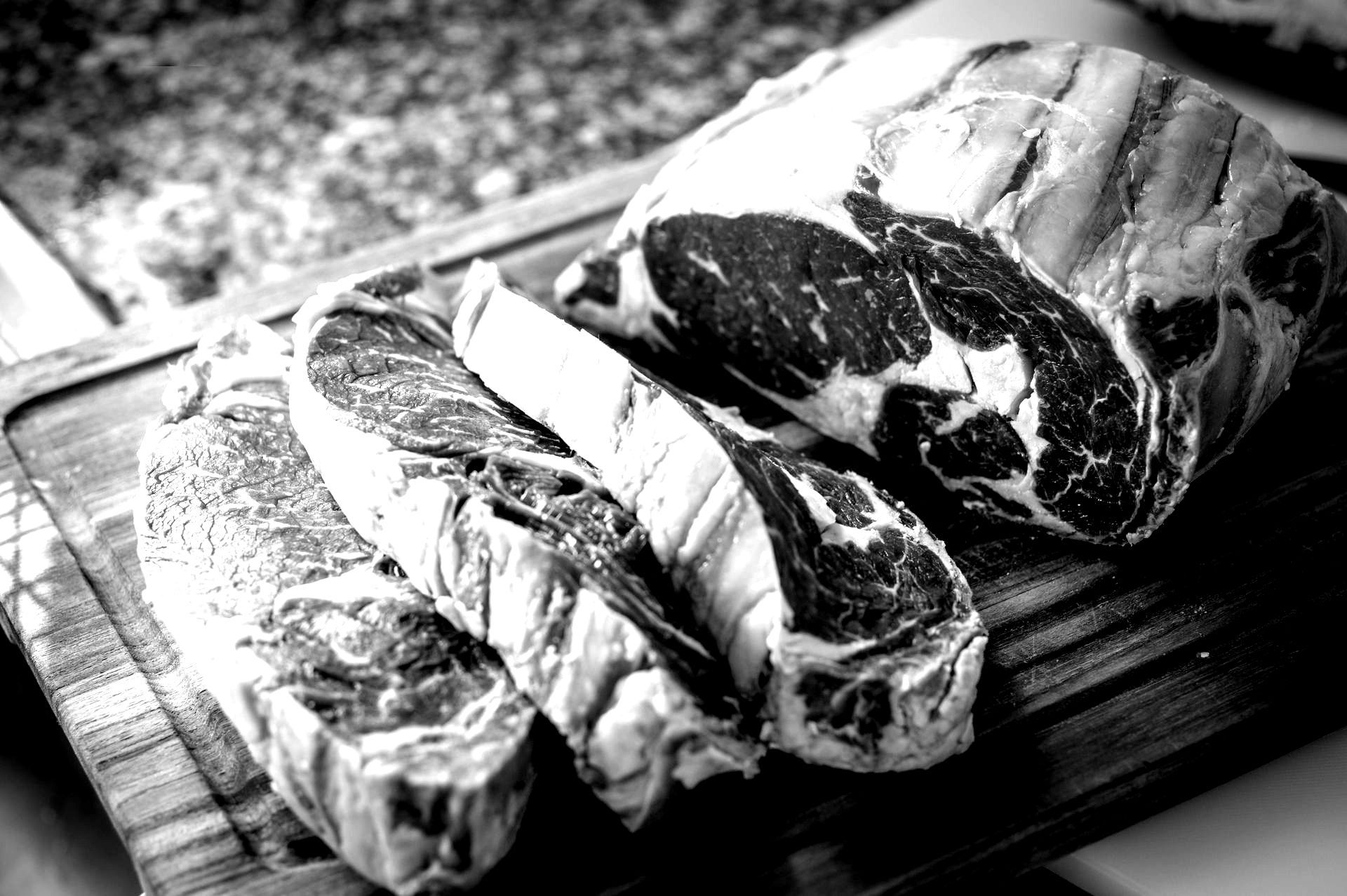The Superiority of Grass-Fed Beef: A Culinary and Nutritional Marvel

In recent years, there has been a growing awareness and appreciation for the benefits of grass-fed beef. Unlike conventionally raised cattle that are primarily fed grains in feedlots, grass-fed cows graze on pasture for the entirety of their lives. This natural diet not only influences the flavor and texture of the meat but also yields numerous health advantages for both consumers and the environment.
Nutritional Riches
Grass-fed beef is inherently more nutrient-dense compared to its grain-fed counterparts. Research indicates that grass-fed beef is higher in essential nutrients such as omega-3 fatty acids, conjugated linoleic acid (CLA), and antioxidants like vitamin E. These nutrients play crucial roles in supporting heart health, reducing inflammation, and bolstering the immune system. Additionally, grass-fed beef tends to have a healthier ratio of omega-3 to omega-6 fatty acids, which is beneficial for overall well-being.
Free from Harmful Additives
One of the most significant advantages of grass-fed beef is its freedom from synthetic hormones, antibiotics, and other harmful additives commonly used in conventional beef production. By opting for grass-fed varieties, consumers can enjoy meat that is devoid of these potentially harmful substances. This not only reduces the risk of antibiotic resistance but also minimizes exposure to hormone disruptors and other undesirable chemicals.
Environmental Stewardship
Grass-fed beef production is inherently more environmentally sustainable compared to conventional feedlot operations. Grazing cattle on pasture promotes soil health, encourages biodiversity, and reduces the need for synthetic fertilizers and pesticides. Moreover, well-managed rotational grazing systems can sequester carbon in the soil, helping mitigate climate change. By supporting grass-fed beef producers, consumers contribute to the preservation of grasslands and sustainable land management practices.
Animal Welfare
Grass-fed beef production prioritizes the welfare of livestock, allowing cattle to engage in natural behaviors such as grazing and roaming freely in open pastures. Contrastingly, cattle raised in crowded feedlots may experience stress, discomfort, and an increased risk of disease. By choosing grass-fed beef, consumers support more humane treatment of animals, fostering a system that respects the intrinsic needs and behaviors of livestock.
Taste and Texture
Beyond its nutritional and environmental benefits, grass-fed beef offers a distinct culinary experience. The meat tends to have a richer flavor profile, characterized by notes of grassiness and earthiness. Additionally, grass-fed beef often boasts a tender, juicy texture, owing to the animal's natural diet and lifestyle. From succulent steaks to flavorful burgers, grass-fed beef elevates the dining experience, satisfying the palate of discerning carnivores.
A Commitment to Health and Longevity
Ultimately, choosing grass-fed beef is a choice for health and longevity. By nourishing the body with nutrient-rich, chemical-free meat, consumers support their overall well-being and reduce their exposure to potentially harmful substances. Moreover, prioritizing grass-fed beef aligns with a lifestyle that values ethical sourcing, environmental sustainability, and animal welfare – principles that resonate with an increasing number of conscientious consumers.
In conclusion, the benefits of chemical-free and grass-fed cows and beef extend far beyond the dinner table. From nutritional richness and environmental stewardship to animal welfare and culinary delight, grass-fed beef embodies a holistic approach to food production and consumption. By embracing grass-fed beef, consumers not only savor superior taste and quality but also contribute to a healthier, more sustainable food system for generations to come.



